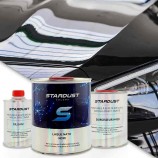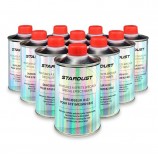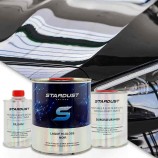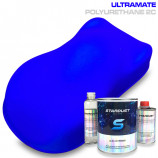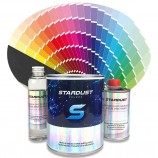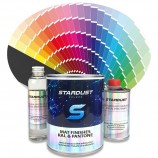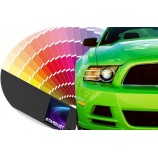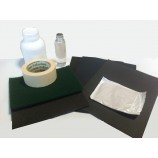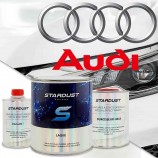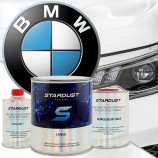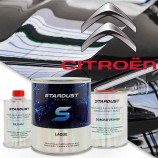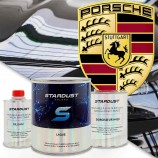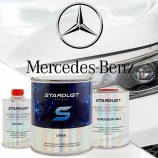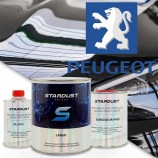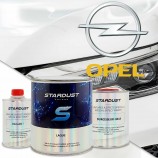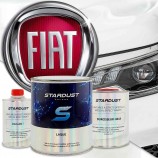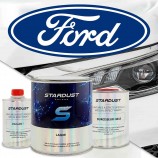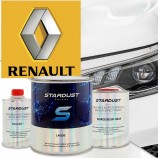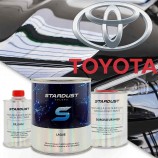All Products are in stock
and shipped from France.
Delivery within 48 hours.
and shipped from France.
Delivery within 48 hours.
Our categories
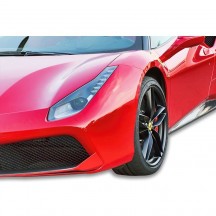
2K paints for cars
Among other types of car paint, 2K car paints are glossy and resistant topcoats. They dry and harden slowly and are made with a hardener.
We offer 2K car paints in different versions, with basic colors or according to a color chart or manufacturers' colors.
Composition : in the automotive field, these are solvent-based acrylic polyurethane paint...
Read more-
POLYURETHANE 2K PAINT
In Stock 27.00£Polyurethane two component black lacquer48hrs delivery2 types of lacquers: URKIVOC or Nato (universal adhesion) 4 packagings available by selecting "Versions" -
Polyurethane Hardener for Primers, Lacquers and Clearcoats
In Stock 10.80£All hardeners for our primers and clearcoats -
Extreme Gloss Hi-Gloss Black 2K Paint
In Stock 31.32£Polyurethane black 2K Paint Supplied in kit with its hardener Accelerated drying process High gloss and extreme hardness -
-
RAL or PANTONE Tints in polyurethane 2K paint
In Stock 32.40£All Ral or Pantone shades of your choice (except pearlescent and metallic) in direct gloss lacquer : - 0.375ml kit- 0.875ml kit- 1.650ml kit- 8.5 L kit- 1 290ml two-component aerosol- Set of 3 290ml two-component aerosols (no mixing) delivered with hardener and thinner -
RAL or PANTONE® Colours in 2K Matt Polyurethane Paint
In Stock 32.40£You can choose from all Ral or Pantone shades (except pearl and metallic versions) in 2K Matt Paint Version : 290ml SPRAYCAN 1.35L KIT 7L KIT Delivered with Thinner and Hardener Specify the desired RAL / PANTONE color code by email after orderingConsult the downloadable color charts at the bottom of the page -
7080UHS 2K PAINT FOR CAR BODYWORK - Car's colour tone
In Stock 32.40£Painting "Shiny Direct" Polyurethanecolor code and packaging of your choiceavailable in kits of:- 0.375ml kit- 0.875ml kit- 1.650ml kit- 8.5 L kit- 1 two-component aerosol 290ml- Batch of 3 two-component aerosols 290mlkits include paint + hardener + thinners -
-
Audi colour code - direct gloss 2K paint in spray or set with hardener
In Stock 32.40£Audi Car Paint All Audi color code availabledirect gloss* - kit 0.375ml- kit 0.875ml- kit 1.650ml- 8.5 L kit- 1 bi-component aerosol 290ml- Set of 3 bi-component aerosols 290ml kits include paint + hardener + thinner -
BMW colour code - direct gloss 2K paint in spray or set with hardener
In Stock 32.40£BMW Car Paint All BMW color code availabledirect gloss* - kit 0.375ml- kit 0.875ml- kit 1.650ml- 8.5 L kit- 1 bi-component aerosol 290ml- Set of 3 bi-component aerosols 290ml kits include paint + hardener + thinner -
Citroën colour code - direct gloss 2K paint in spray or set with hardener
In Stock 32.40£Citroën Car Paint All Citroën color code availabledirect gloss* - kit 0.375ml- kit 0.875ml- kit 1.650ml- 8.5 L kit- 1 bi-component aerosol 290ml- Set of 3 bi-component aerosols 290ml kits include paint + hardener + thinner -
Porschecolour code - direct gloss 2K paint in spray or set with hardener
In Stock 32.40£Porsche Car Paint All Porsche color code availabledirect gloss* - kit 0.375ml- kit 0.875ml- kit 1.650ml- 8.5 L kit- 1 bi-component aerosol 290ml- Set of 3 bi-component aerosols 290ml kits include paint + hardener + thinner -
Mercedes colour code - direct gloss 2K paint in spray or set with hardener
In Stock 32.40£Mercedes Car Paint All Mercedes color code availabledirect gloss* - kit 0.375ml- kit 0.875ml- kit 1.650ml- 8.5 L kit- 1 bi-component aerosol 290ml- Set of 3 bi-component aerosols 290ml kits include paint + hardener + thinner -
Peugeot colour code - direct gloss 2K paint in spray or set with hardener
In Stock 32.40£Peugeot Car Paint All Peugeot color code availabledirect gloss* - kit 0.375ml- kit 0.875ml- kit 1.650ml- 8.5 L kit- 1 bi-component aerosol 290ml- Set of 3 bi-component aerosols 290ml kits include paint + hardener + thinner -
Opel colour code - direct gloss 2K paint in spray or set with hardener
In Stock 32.40£Opel Car Paint All Opel color code availabledirect gloss* - kit 0.375ml- kit 0.875ml- kit 1.650ml- 8.5 L kit- 1 bi-component aerosol 290ml- Set of 3 bi-component aerosols 290ml kits include paint + hardener + thinner -
FIAT colour code - direct gloss 2K paint in spray or set with hardener
In Stock 32.40£Fiat Car Paint All Fiat color code availabledirect gloss* - kit 0.375ml- kit 0.875ml- kit 1.650ml- 8.5 L kit- 1 bi-component aerosol 290ml- Set of 3 bi-component aerosols 290ml kits include paint + hardener + thinner -
Ford colour code - direct gloss 2K paint in spray or set with hardener
In Stock 32.40£FORD Car Paint All Ford color code availabledirect gloss* - kit 0.375ml- kit 0.875ml- kit 1.650ml- 8.5 L kit- 1 bi-component aerosol 290ml- Set of 3 bi-component aerosols 290ml kits include paint + hardener + thinner -
Renault colour code - direct gloss 2K paint in spray or set with hardener
In Stock 32.40£Renault Car Paint All Renault color code availabledirect gloss* - kit 0.375ml- kit 0.875ml- kit 1.650ml- 8.5 L kit- 1 bi-component aerosol 290ml- Set of 3 bi-component aerosols 290ml kits include paint + hardener + thinner -
Toyota colour code - direct gloss 2K paint in spray or set with hardener
In Stock 32.40£Toyota Car Paint All Toyota color code availabledirect gloss* - kit 0.375ml- kit 0.875ml- kit 1.650ml- 8.5 L kit- 1 bi-component aerosol 290ml- Set of 3 bi-component aerosols 290ml kits include paint + hardener + thinner























